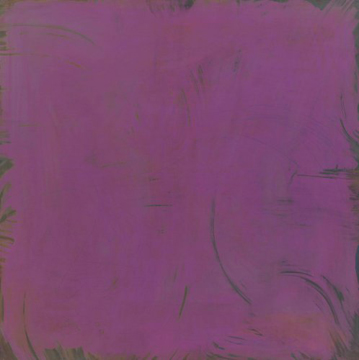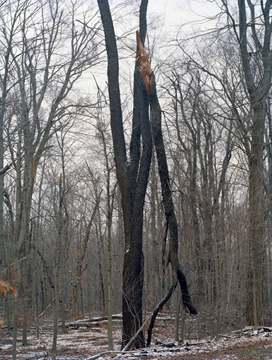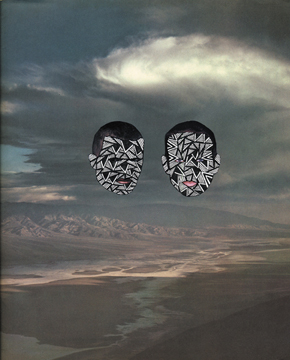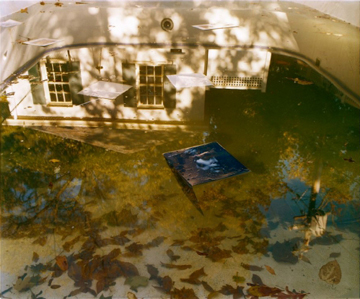Each year the tide of the art world carries hundreds of young artists into Chicago’s several art schools to earn their MFAs. And each year the tide also carries a number of newly credentialed artists away, usually to NYC or LA. The money apparently flows more freely there and the media pays attention. I’m sure this phenomenon is familiar to any US city (other than NYC and LA) that has a strong art school. These are constantly heard gripes amongst those of us who remain. The opportunities appear to be elsewhere. And what if we decide to stay? Is there any hope that we’ll actually kickstart this thing—like LA did in the 90s (the good folks at the Bad at Sports podcast have regularly aired these grievances)?
Although my adopted hometown seemed infinitely more exciting and even glamorous this year, particularly as motley thousands thronged the Loop on election night, this year’s coastal flights were more poignant for me because several peers whose work I genuinely admire numbered amongst the recently absconded (I am laughing at myself as I write this for its obituary-like tone…).
Here are a few who took off in ’08:

Aliza Nissenbaum paints large, usually squarish abstractions that seem to zoom in on gestural painting, picturing it at a granular level. The gestures don’t feel performative in an AbEx way, but neither are they allegorical, i.e. David Reed. That’s surely due to the materially denuded surfaces with their thinly applied paint and low value contrasts. Her paintings possess an intense, ghostly presence. Their atmosphere is one of unbearable intimacy, in which our senses of scale and direction are lost.

John Opera‘s photographic practice is two-fold: remarkably beautiful but melancholy landscapes (usually forests in upstate New York; the artist is originally from Buffalo) and abstractions that recall Bauhaus precedents (Moholy-Nagy’s photograms and Albers’ nested squares, in particular). In either case, he deals intelligently with the history not only of photography, but the more historically deep pictorial traditions of painting. I enjoy, for instance, how Opera’s positioning of the blasted tree in his Friedrich-like wintry landscape, Failed Branch (pictured above), nods to Barnett Newman’s zips in its vertical bisection of the picture, and its figuring of the artist and viewer’s upright posture before the image.

I thought perhaps that the art world in Chicago would close shop for good when John Parot left for LA this past summer. His contagious laughter has resounded for years at openings. His works on paper (usually combining drawing and collage) and installations deserve a much broader audience. In much of his work, Parot embellishes pictures of men clipped from fashion and porn mags with patterns rendered in gouache. His busy decoration of the handsome faces is too manic to be simply affectionate, masking, if not totally obliterating, the likenesses of his muses. I like to think of Parot as an aesthetic cousin to Art:21 artist Lari Pittman, whose sense of pattern and decoration has a similarly disturbing edge to it.

I can’t tell whether Melanie Schiff‘s photographs are chanced upon or choreographed, casual or careful. Whether it’s two green bottles provocatively balanced lip-to-lip or a rainbow formed by the artist spitting water into sunlight, her work, although composed, always has the feeling of being bound to a single moment. Her photos almost always picture light as it passes along and through glass and water in the context of the detritus of everyday life. A lot of artists set themselves the task of finding beauty in the mundane, but I’ve seen few do it in such an intelligent and disarming manner as Schiff.



